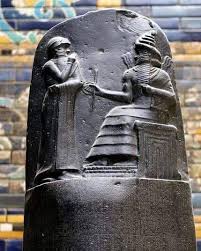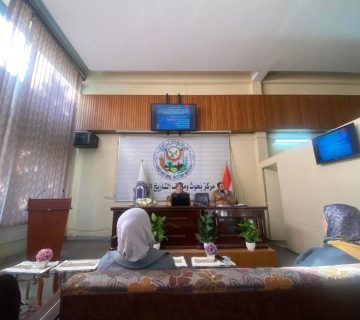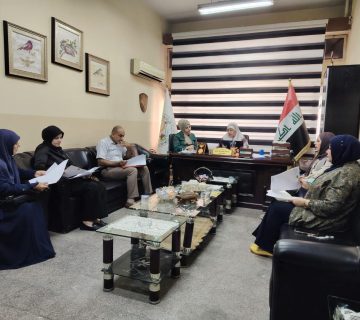Introduction
The Code of Hammurabi, promulgated by the Babylonian King Hammurabi circa 1792-1750 BCE, stands as a remarkable testament to ancient Mesopotamian jurisprudence, enshrining a comprehensive set of legal principles governing various aspects of life. Among its notable features is the recognition of women’s rights and their protection within the societal framework. This paper delves into the Code’s provisions pertaining to women, highlighting their significance in fostering a dignified status for women in ancient Iraq.
Women’s Legal Personhood and Economic Empowerment
The Code of Hammurabi accorded women a distinct legal personality, enabling them to exercise agency in their economic affairs. Women possessed the right to independently manage their property, distinct from that of their husbands. They could engage in commercial activities, pursue litigation, and even hold administrative positions. This economic empowerment granted women a degree of autonomy and financial independence.
Marriage, Divorce, and Inheritance
The Code addressed various aspects of marriage and divorce, providing a framework for navigating these critical life transitions. Women’s rights during marriage were safeguarded, including the retention of their dowry and the right to seek divorce under specific circumstances. In the event of divorce, women were entitled to a fair settlement, ensuring their financial stability post-separation.
Inheritance laws also demonstrated a concern for women’s well-being. Women were recognized as legitimate heirs, with the right to inherit from their deceased husbands and fathers. The Code delineated the inheritance shares for women, ensuring their economic security in the absence of a male guardian.
Criminal and Civil Protection
The Code extended substantial criminal and civil protection to women, safeguarding them from harm and injustice. Article 127, for instance, prescribed severe penalties for those who falsely accused women of misconduct, demonstrating a commitment to protecting their honor and reputation. Additionally, women could seek legal recourse for grievances, ensuring their access to justice.
Conclusion
The Code of Hammurabi, through its comprehensive legal framework, elevated the status of women in ancient Mesopotamian society. By recognizing their legal personhood, economic rights, and protection under the law, the Code instilled a sense of dignity and respect for women, positioning them as integral members of society.









